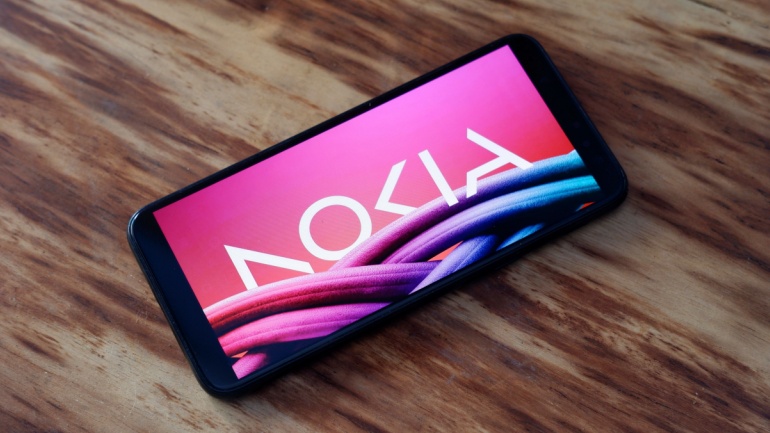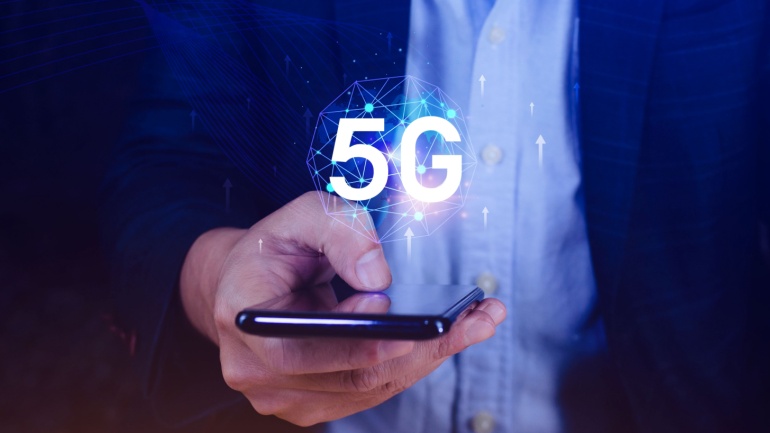SoftBank and Nokia have partnered to research cutting-edge communication technologies, focusing on AI-RAN and 6G innovations. By leveraging Nokia’s Cloud RAN and conducting field tests, they aim to transform digital society. This collaboration underscores the critical role of AI in telecommunication, promising scalable and reliable communication networks essential for smart cities.
AT&T partners with Nokia in a groundbreaking multi-year deal to upgrade its US fibre network infrastructure. Spanning five years, Nokia will deliver crucial fixed broadband equipment to bolster AT&T’s current infrastructure and accommodate future network expansions. This partnership is set to enhance broadband access for millions, driving digital innovation.
Nokia has dismissed rumors about its mobile network business being acquired by Samsung. The Finnish telecom giant confirmed its dedication to the division, despite market speculation. This strategic asset is key for Nokia and its customers, especially with the expansion of 5G technology. Keep updated with Nokia’s innovative journey.
German carriers Vodafone and 1&1 have launched a national roaming partnership, enhancing mobile communications across Germany. New 1&1 customers can seamlessly access Vodafone’s network in areas not yet covered by 1&1. Existing 1&1 customers will also benefit, accessing both 1&1’s 5G network and Vodafone’s national roaming.
Four leading Malaysian telcos have bid for the nation’s second 5G network, following the government’s tender that closed on July 31, 2024. The contenders—CelcomDigi, Maxis, Telekom Malaysia, and U Mobile—aim to enhance Malaysia’s 5G landscape. The winning bidder will be announced by year-end, set to further progress the nation’s 5G infrastructure development.
EE’s rapid 5G small cell deployment, with over 1,000 active installations, marks a significant advancement in the UK’s mobile infrastructure. These small cells, strategically deployed in high-demand areas like London, enhance mobile capacity and performance. Leveraging advanced network analytics and collaboration with partners like Nokia and Ericsson, EE optimizes network efficiency, ensuring top-notch connectivity.
Bharti Airtel is re-farming its mid-band spectrum to handle increased 5G network traffic. By reallocating spectrum from 4G services, Airtel aims to support growing 5G demands. This strategic move enhances both Standalone and Non-Standalone 5G modes, offering better connectivity and paving the way for innovative VoIP solutions across India.
Hrvatski Telekom is set to revolutionize Croatia’s largest shipping hub with a private slice of its public 5G network at the new Port of Rijeka. This initiative, in collaboration with APM Terminals and ENNA Group, will integrate advanced 5G technology to support remote-controlled operations, enhancing environmental responsibility and operational efficiency.
Boldyn Networks is set to unveil a pioneering 5G Innovation Lab at the Port of Blyth, thanks to a £500,000 investment from the North East Combined Authority’s 5G Innovation Acceleration program. The lab will offer businesses a secure, high-bandwidth environment to test smart manufacturing technologies, boosting the region’s tech landscape.
Huawei has initiated legal action against MediaTek over alleged patent infringement, signaling a strategic move to monetize its extensive patent portfolio. With around 140,000 global patents, Huawei generated $560 million in royalty fees in 2022. As geopolitical tensions rise, Huawei’s patent enforcement becomes key in maintaining revenue streams and competitive edge.













